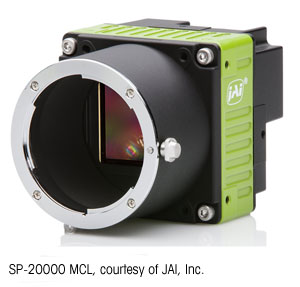
acrosser Technology Co. Ltd, a world-leading industrial and embedded computer designer and manufacturer, announces the new AES-HM76Z1FL embedded system. AES-HM76Z1FL, acrosser’s latest industrial endeavor, is surely a FIT under multiple circumstances. Innovation can be seen in the new ultra slim fanless design, and its Intel core i CPU can surely cater for those seeking for high performance. Therefore, these 3 stunning elements can be condensed as “F.I.T. Technology.” (Fanless, Intel core i, ultra Thin)
The heat sink from the fanless design provides AES-HM76Z1FL with great thermal performance, as well as increases the efficiency of usable space. The fanless design provides dustproof protection, and saving the product itself from fan malfunction. AES-HM76Z1FL has thin client dimensions, with a height of only 20 millimeters (272 mm x183 mm x 20 mm). This differs from most embedded appliances, which have a height of more than 50 millimeters.
The AES-HM76Z1FL embedded system uses the latest technology in scalable Intel Celeron and 3rd generation Core i7/i3 processors with a HM76 chipset. It features graphics via VGA and HDMI, DDR3 SO-DIMM support, complete I/O such as 4 x COM ports, 3 x USB3.0 ports, 8 x GPI and 8 x GPO, and storage via SATA III and Compact Flash. The AES-HM76Z1FL also supports communication by 2 x RJ-45 gigabit Ethernet ports, 1 x SIM slot, and 1 x MinPCIe expansion socket for a 3.5G or WiFi module.
Different from most industrial products that focus on application in one specific industry, the AES-HM76Z1FL provides solutions for various applications through the complete I/O interfaces. Applications of the AES-HM76Z1FL include: embedded system solutions, control systems, digital signage, POS, Kiosk, ATM, banking, home automation, and so on. It can support industrial automation and commercial bases under multiple circumstances.
Key features:
‧Fanless and ultra slim design
‧Support Intel Ivy Bridge CPU with HM76 chipset
‧2 x DDR3 SO-DIMM, up to 16GB
‧Support SATA III and CF storage
‧HDMI/VGA/USB/Audio/GPIO output interface
‧Serial ports by RS-232 and RS-422/485
‧2 x GbE, 1 x SIM, and 1 x MiniPCIe(for3G/WiFi)
Product Information:
http://www.acrosser.com/Products/Embedded-Computer/Fanless-Embedded-Systems/AES-HM76Z1FL/Intel-Core-i3/i7-AES-HM76Z1FL.html
Contact us:
http://www.acrosser.com/inquiry.html






